Scientific name Fungiidae Rank Family Order Scleractinia | ||
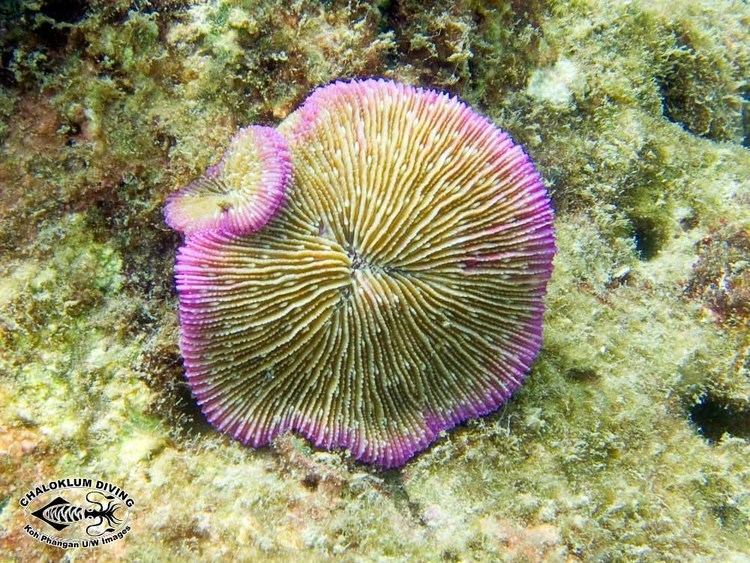 | ||
Similar Scleractinia, Fungia, Brain coral, Discosoma, Heliofungia actiniformis | ||
Clown fish and the fungiidae in samal island davao city philippines
The Fungiidae /fəŋˈɡiː.ᵻdiː/ are a family of Cnidaria, often known as mushroom corals. The family contains thirteen extant genera. They range from solitary corals to colonial species. Some genera such as Cycloseris and Fungia are solitary organisms, Polyphyllia consists of a single organism with multiple mouths, and Ctenactis and Herpolitha might be considered as solitary organisms with multiple mouths or a colony of individuals, each with its separate mouth.
Contents
- Clown fish and the fungiidae in samal island davao city philippines
- Characteristics
- Ecology
- Genera
- Notable species
- Importance to humans
- References
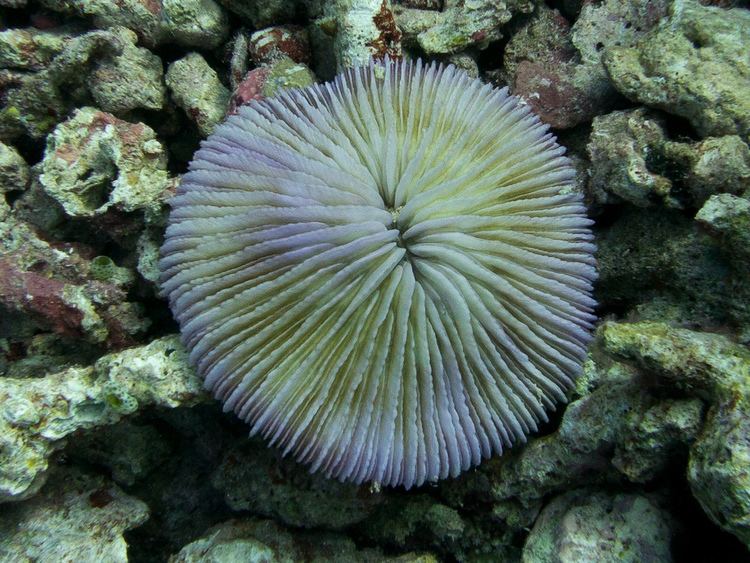
Characteristics
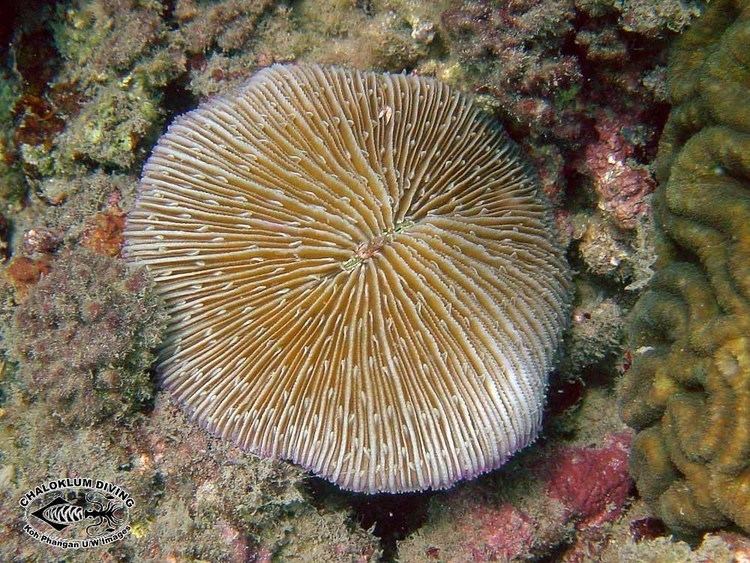
Species are generally solitary marine animals capable of benthic locomotion. These corals often appear to be bleached or dead. In most genera, a single polyp emerges from the center of the skeleton to feed at night. Most species remain fully detached from the substrate in adulthood. Some are immobile as well as colonial.
Ecology
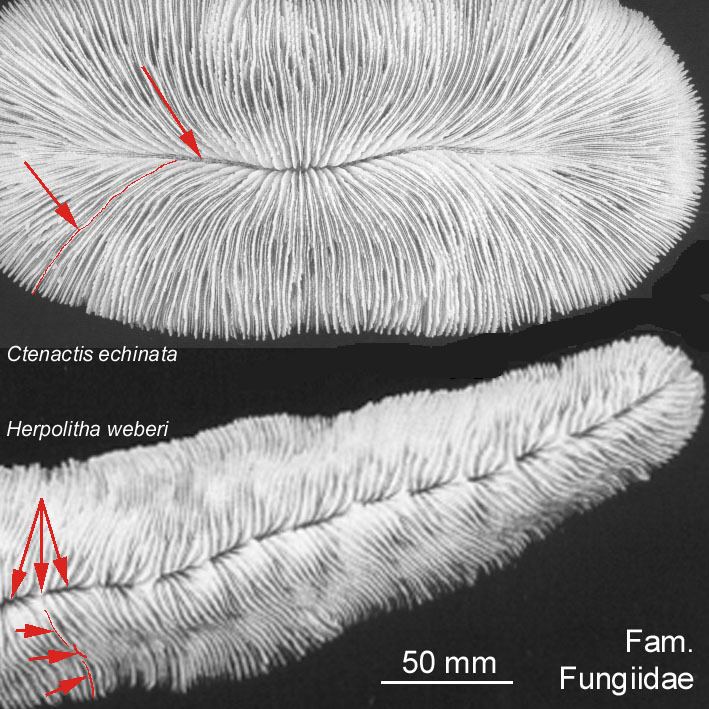
Some species of mushroom coral such as Fungia repanda and Ctenactis echinata are able to change sex. This is posited to take place in response to environmental or energetic constraints, and to improve the organism's evolutionary fitness; similar phenomena are observed in some dioecious plants.
Genera
The World Register of Marine Species includes these genera in the family:
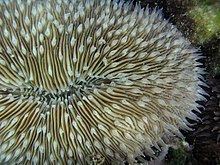
Notable species
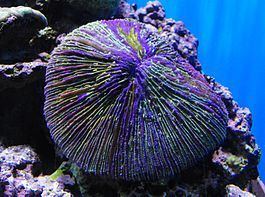
Importance to humans
Members of the family Fungiidae are not of any commercial importance, but are collected for the aquarium trade and are sold as "plate corals".
